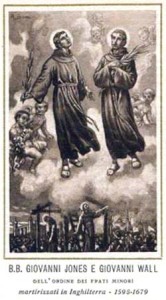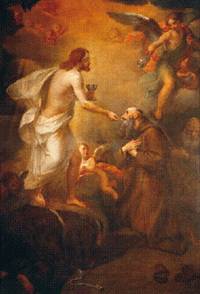
Saint Lawrence of Brindisi (1559-1619)
Image: Totus Tuus
(Franciscan Media) Born at Italy Brindisi, at baptism he received the names of Julius Ceaser and Guglielmo de Rossi (his father’s name) according to EWTN his mother was Elisabetta Masella, both very devoted Christians.
Lawrence gave early evidence of a religious vocation. — The ‘Conventuals of Brindisi’ were entrusted with young Lawrence’s education, progress in his studies was very rapid and when barely 6 yrs of age, Lawrence had already given indication of his future success in public speaking, consequently he was always the one chosen to address to his compatriots a short sermon on the Infant Jesus during Christmas festivities.
When Lawrence was 12 his father passed away, he was sent to Venice to continue his studies with the ‘Clerics of St. Mark’ and under the supervision of his uncle. — At the age of 16 he was received into the Franciscan ‘Order of Capuchin’s’ he subsequently completed his studies in Philosophy and Theology at the University of Padua and at the age of 23 was Ordained a Priest.
With his command of languages, Fr. Lawrence was able to continue to study the scriptures in their original texts. At the request of Pope Clement VIII, Fr. Lawrence spent much of his time ministering to the Italian Jewish population–So excellent was Fr. Lawrence’s knowledge of Hebrew, the Rabbi’s were sure that he must have been born Jewish before becoming a Christian.
In 1596 the ‘Capuchin’s’ completed a 15 volume edition of Fr. Lawrence’s writing’s, 11 of which contained his sermons, each of which relies chiefly on scriptural quotations to illustrate his teaching.
Fr. Lawrence’s sensitivity to the needs of the people–a character trait perhaps unexpected in such a talented scholar began to surface. Fr. Lawrence was elected ‘Major Superior’ of the Capuchin Franciscan providence Tuscany at the age of 31, possessing the combination of brilliance, human compassion and administrative skills needed to carry out his duties. In rapid succession Fr. Lawrence was promoted by his fellow Capuchin’s and in 1602 was elected ‘Minister General’ in this position, he was responsible for great growth and geographical expansion of the Franciscan Capuchin Order. — Later, Fr. Lawrence was appointed Papal Emissary, a position that took him to a number of different foreign countries.
In an effort to achieve peace in Fr. Lawrence’s native Italy took him on a journey to Portugal Lisbon to visit the King of Spain however serious illness took his life.
Fr. Lawrence was Beatified in 1783 by Pope Pius VI and Canonized in 1881 by Pope Leo XIII
More here from EWTN
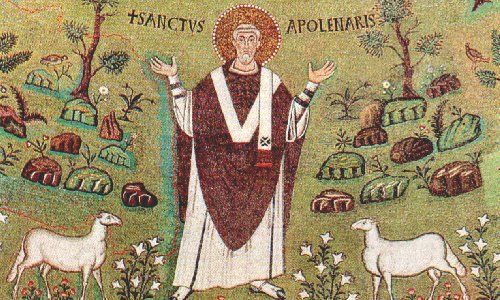 Saint Apollinaris –Image Courtesy:
Saint Apollinaris –Image Courtesy: 
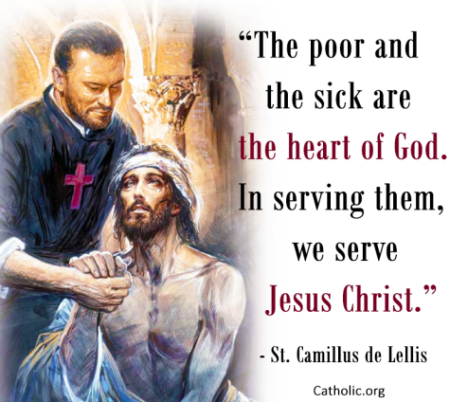 Saint Camillus de Lellis (1550-1614) — Image: Catholic Online
Saint Camillus de Lellis (1550-1614) — Image: Catholic Online 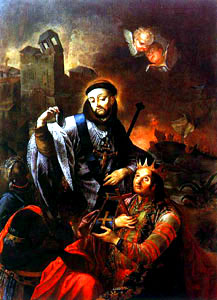
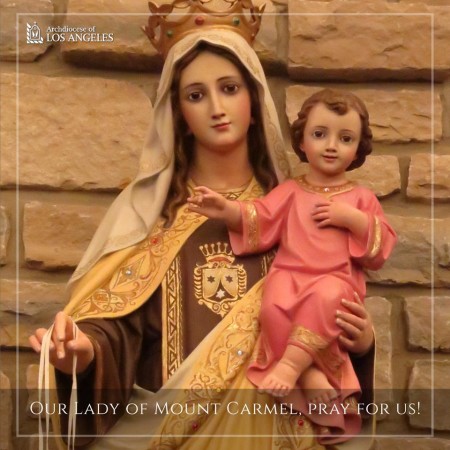 Our Lady of Mount Carmel
Our Lady of Mount Carmel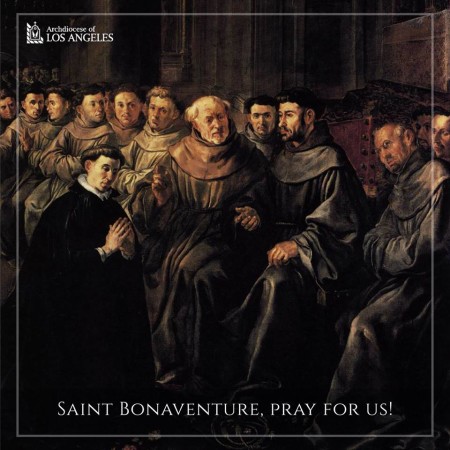 St. Bonaventure (1221-1274) Image Courtesy: Archbishop Jose Gomez
St. Bonaventure (1221-1274) Image Courtesy: Archbishop Jose Gomez 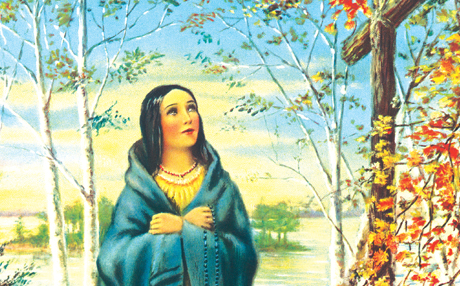 St. Kateri Tekakwitha (1656-1680)
St. Kateri Tekakwitha (1656-1680)
